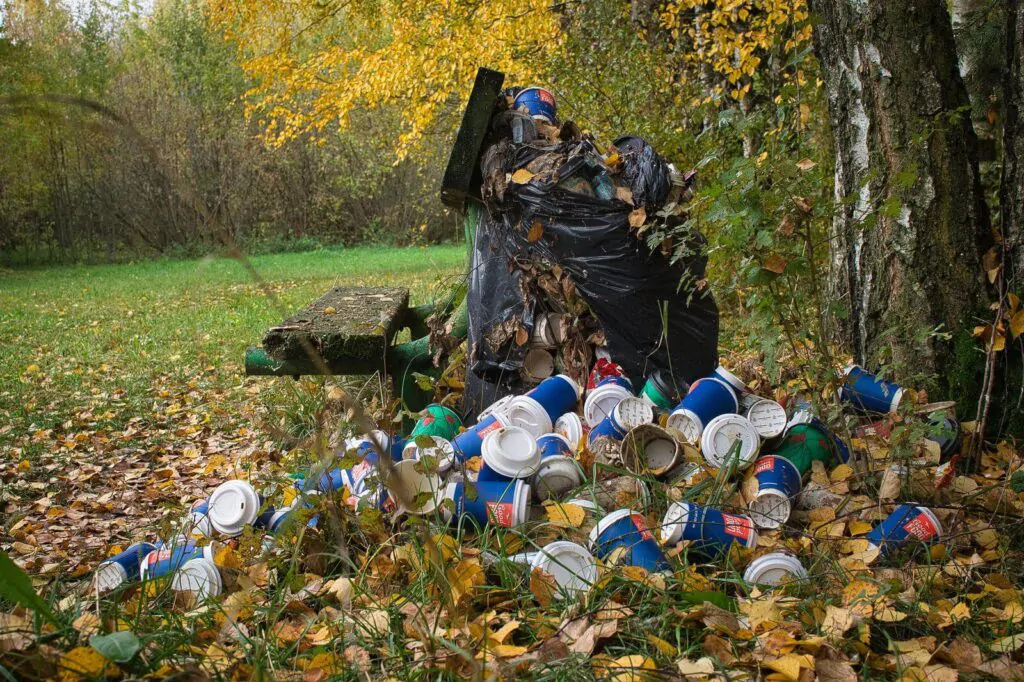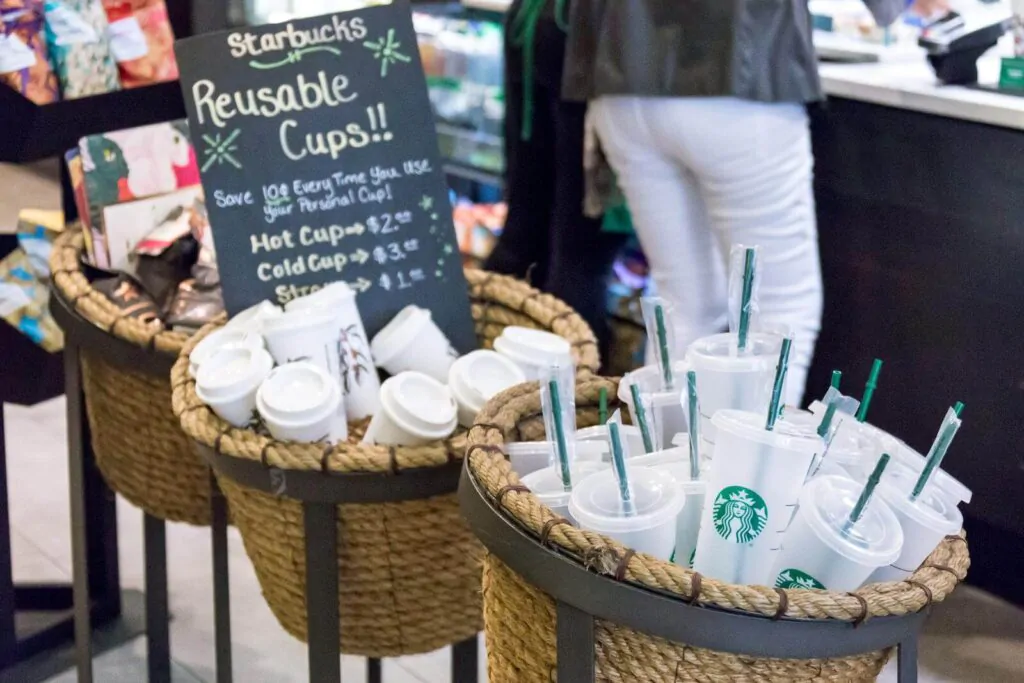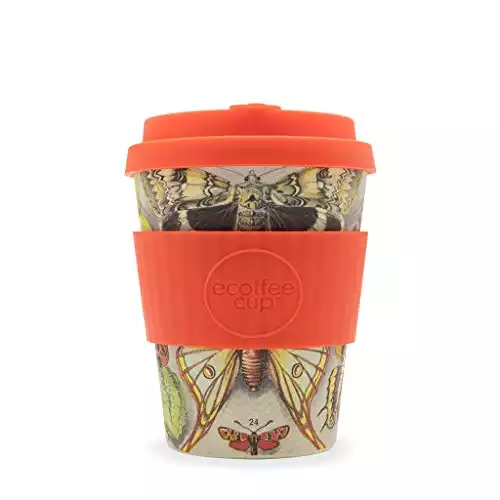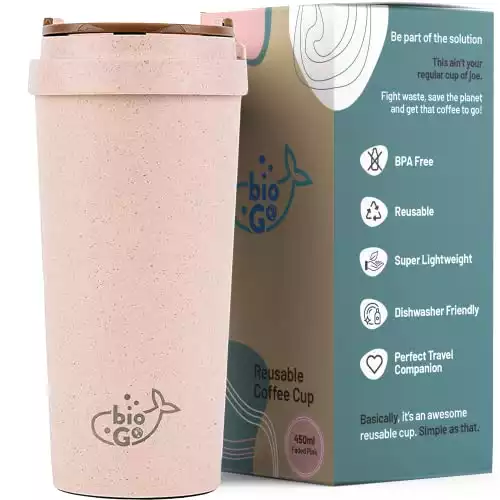It might be convenient for us, but the negative effect on the environment is more than apparent, so why are paper coffee cups not recyclable? Let’s learn more.

The term “recyclable” is thrown around nonchalantly these days, especially when it comes to disposable products. While it is true that paper is a recyclable item, paper coffee cups are not. In the United Kingdom alone, it is estimated that only 1 out of 400 paper cups are recycled, while the rest go straight to a landfill.
Most of the disposable paper coffee cups we use are coated with a plastic material called polyethylene. It does serve a purpose as it acts as a barrier between the liquid and the paper cup. This makes it waterproof and solid enough to hold your cup of Joe. It is also a great insulator and can retain heat.
However, it is also the reason why recycling the cup is a challenge.
The Challenge In Recycling Paper Coffee Cups
Paper coffee cups have to be treated first before they can be recycled. Separating the plastic coating and lining from the paper is difficult because it is costly, and most recycling companies don’t have the capabilities to do so. The process of making paper coffee cups is actually cheaper than separating the plastic coating from the paper.
If you look at the recycling process, it doesn’t get easier. These paper coffee cups have to be sorted out carefully as they can contaminate other recyclable materials, and once that happens, it can render all of the batch useless. Even if this is accomplished, transporting them to a facility that can process it can be a logistical problem.
Due to these factors, recycling facilities are somewhat hesitant to invest in salvaging paper coffee cups and instead focus their attention on items like glass, paperboard, and metals, among others.
A silver lining to all of this is that other items found in a paper coffee cup, such as the lid or the coffee sleeves, are generally recyclable, but the lid also poses a problem as it is often too light for the recycling machines to sort them effectively. You can play a role in recycling this item! Check out our piece on coffee cup lids.
The Environmental Impact Of Paper Coffee Cups
So what happens if a paper coffee cup isn’t recycled? They are either dumped in landfill or incinerated, neither of which are good for the environment.
The paper cups take about 30 years to decompose and maybe even longer due to the polyethylene content. While it breaks down, it releases methane into the air, which traps heat in the atmosphere and consequently becomes a factor in global warming. It also has the same effect when they are brought to the incinerators for disposal.

Regular use of paper coffee cups can also affect your health. You might notice a subtle synthetic flavor from time to time whenever you drink from these cups, and it might have something to do with polyethylene. Studies found that the cup’s plastic coating may react and start to break down when exposed to a hot beverage.
This can result in microplastics mixing with your drink and ultimately finding their way inside your body. Although more studies need to be conducted, it has shown that high concentrations of these microplastics can lead to oxidative stress and DNA damage, and inflammation.
Manufacturing paper coffee cups will have a negative impact on the environment, as well. Lumber is a raw material required to make the product, but the logging practices to procure this material are unsustainable and may result in soil erosion and disrupt the ecosystem. The risk of natural calamities occurring, such as flooding and landslides, increases as well.
Efforts Towards Recycling Paper Coffee Cups
The big coffee companies are starting to announce their plans to move away from these disposable items. For instance, Starbucks plans to slowly phase out their paper coffee cups and aims for their customers to use their own reusable mugs by 2025.
Meanwhile, Costa Coffee started its reusable cup scheme trial in 2022, which invites customers to borrow a reusable cup and take it back to the store for it to be washed before starting the cycle again. Their coffee cups’ plastic lining has also been switched from oil-based to plant-based, which lowers the carbon footprint by 26 percent.

The future is even more promising as paper mills stated their willingness to proactively increase their paper cup recycling efforts. Material Recovery Facilities (MRF) such as the one run by Sustana Fiber now use high-consistency rotors that effectively strip the paper fiber from the plastic lining without compromising the quality of the paper.
On another note, another MRF based in Wisconsin called the Pellitteri Waste Systems has invested in upgrading its equipment using optical sorters and robotics to efficiently separate paper coffee cups from other waste. These are then sent to paper mills, where they are recycled to produce tissues and paper boards among others.
Recycling The Coffee Cups Yourself
Of course, you can also play your part by learning how to dispose of your paper coffee cups. Try checking for the nearest waste management facilities in your area that process these disposables or reach out to paper mills that will accept them. There are also waste bins near coffee shops dedicated to proper disposal of these paper cups, so try to utilize them as well.
If the above can’t be met, I suggest you just dedicate a separate bin for your paper coffee cups. Before disposing of them, separate the cup sleeves and the lids and throw them into a recycle bin. You should also try to wash the cups first to minimize the risk of contamination with other recyclable wastes once they are delivered to the facilities.
The best option would be to avoid paper coffee cups as much as possible and try to switch to reusable cups and mugs as an alternative. There are a lot of insulated stainless steel coffee mugs now flooding the market, and even coffee shops offer their own branded cups.
One option you can consider is the Ecoffee Reusable Travel Cup. These cups are manufactured using a low-energy, low-CO2 emission process and are made from organic bamboo fiber.
Another interesting alternative is The bioGo Nation Private Labelling Co. These cups are leak-proof!
There will be moments when disposable coffee cups are unavoidable, such as at a social gathering or for office use. You can read our guide on where to buy disposable cups for more information.


